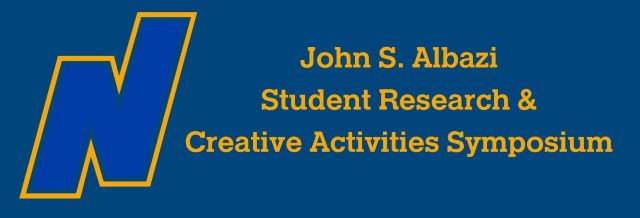CAT: Communication Accommodation Theory
Abstract
Communication accommodation theory (CAT) is an objective intercultural theory of communication that seeks to provide potential explanations for why people adjust how they speak depending on their situational context and to whom they are speaking. CAT is a well-researched theory of communication with a vast array of applications. By learning about CAT, people can improve their communication and relationships. Many goals can be met by ensuring successful communication of intentions and messaging. CAT has come a long way, nearly fifty years since its initial development. It has been utilized in many circumstances and will likely continue to be a very relevant theory in communication research. This presentation will include a synthesis of research findings about CAT’s inception, developments and refinements, key elements, and research applications. It also includes a critique of the current state of the theory, including how it can be studied and applied to modern forms of communication (for example, online and group conversation).
CAT: Communication Accommodation Theory
Communication accommodation theory (CAT) is an objective intercultural theory of communication that seeks to provide potential explanations for why people adjust how they speak depending on their situational context and to whom they are speaking. CAT is a well-researched theory of communication with a vast array of applications. By learning about CAT, people can improve their communication and relationships. Many goals can be met by ensuring successful communication of intentions and messaging. CAT has come a long way, nearly fifty years since its initial development. It has been utilized in many circumstances and will likely continue to be a very relevant theory in communication research. This presentation will include a synthesis of research findings about CAT’s inception, developments and refinements, key elements, and research applications. It also includes a critique of the current state of the theory, including how it can be studied and applied to modern forms of communication (for example, online and group conversation).

